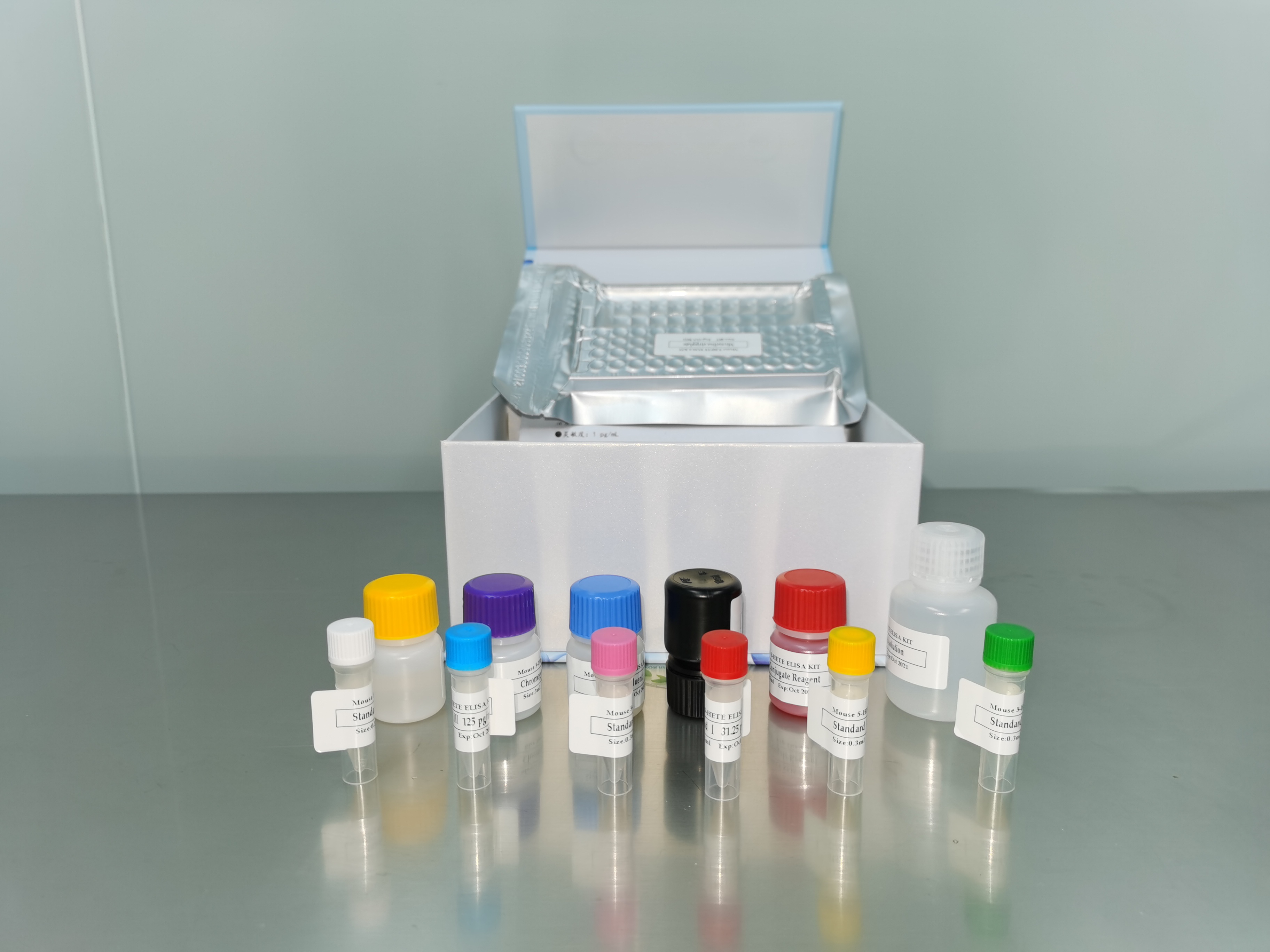| 产品名称: | MC-TGS17-51 MC17-51, Mutatect |
|---|---|
| 商品货号: | TS138876 |
| Organism: | Mus musculus, mouse |
| Product Format: | frozen |
| Morphology: | fibroblast |
| Culture Properties: | adherent |
| Biosafety Level: | 1
Biosafety classification is based on U.S. Public Health Service Guidelines, it is the responsibility of the customer to ensure that their facilities comply with biosafety regulations for their own country. |
| Disease: | fibrosarcoma |
| Gender: | male |
| Strain: | C57BL/10 |
| Applications: | tumor model |
| Storage Conditions: | liquid nitrogen vapor phase |
| Images: |  |
| Derivation: | The Mutatect mouse tumor model is a series of cell lines (eight are available from ATCC) derived from a murine fibrosarcoma that can grow in culture as well as form subcutaneous tumors in syngeneic C57BL/6 mice. The MC1A fibrosarcoma was induced by methylcholanthrene injection into a C57BL/10 mouse. The resulting tumor was adapted to in vitro growth and a variant named MC1A-C1 was isolated that was capable of growth both in culture and as subcutaneous tumor in 8 to 9 week old female C57BL/6 mice PubMed 106311342; PubMed: 7577474. MC1A-C1 cells were treated with N-methyl-N-nitrosourea (MNU) and selected with low concentrations of 6-thioguanine. 6-thioguanine (6-TG) resistant (HPRT-) clones were isolated and screened for tumorigenicity; clone MC-TRG17 was selected. A spontaneously arising 6-thioguanine sensitive, Hypoxanthine - Aminopterin - Thymidine (HAT) resistant revertant named MC-TGS17-51 (TS138876) was identified by selection in HAT. The cells are hypoxanthine phosphoribosyl transferase positive (HPRT+) PubMed 106311342; PubMed: 7577474. The Mutatect cell lines can be used in vitro/in vivo for the detection of deletion mutations of the hypoxanthine phosphoribosyl transferase (HPRT) gene. They are also useful for the study of inflammatory infiltration of solid tumors. |
| Clinical Data: | The resulting tumor was adapted to in vitro growth and a variant named MC1A-C1 was isolated that was capable of growth both in culture and as subcutaneous tumor in 8 to 9 week old female C57BL/6 mice PubMed 106311342; PubMed: 7577474. male |
| Tumorigenic: | Yes |
| Effects: | Yes, forms subcutaneous tumors in syngeneic C57BL/6 mice. |
| Comments: | The Mutatect mouse tumor model is a series of cell lines (eight are available from ATCC) derived from a murine fibrosarcoma that can grow in culture as well as form subcutaneous tumors in syngeneic C57BL/6 mice. The MC1A fibrosarcoma was induced by methylcholanthrene injection into a C57BL/10 mouse. The resulting tumor was adapted to in vitro growth and a variant named MC1A-C1 was isolated that was capable of growth both in culture and as subcutaneous tumor in 8 to 9 week old female C57BL/6 mice PubMed 106311342; PubMed: 7577474. MC1A-C1 cells were treated with N-methyl-N-nitrosourea (MNU) and selected with low concentrations of 6-thioguanine. 6-thioguanine (6-TG) resistant (HPRT-) clones were isolated and screened for tumorigenicity; clone MC-TRG17 was selected. A spontaneously arising 6-thioguanine sensitive, Hypoxanthine - Aminopterin - Thymidine (HAT) resistant revertant named MC-TGS17-51 (TS138876) was identified by selection in HAT. The cells are hypoxanthine phosphoribosyl transferase positive (HPRT+) PubMed 106311342; PubMed: 7577474. The Mutatect cell lines can be used in vitro/in vivo for the detection of deletion mutations of the hypoxanthine phosphoribosyl transferase (HPRT) gene. They are also useful for the study of inflammatory infiltration of solid tumors. |
| Complete Growth Medium: | The base medium for this cell line is ATCC-formulated Dulbeccos Modified Eagles Medium, Catalog No. 30-2002. To make the complete growth medium, add the following components to the base medium: fetal bovine serum to a final concentration of 10%.
|
| Subculturing: | Protocol:
Interval: Maintain cultures at a cell concentration between 1 X 10(4) and 2 X 10(5) cells/cm2 Subcultivation Ratio: A subcultivation of 1:4 to 1:8 is recommended Medium Renewal: Two to three times weekly |
| Cryopreservation: | Freeze medium: Complete growth medium supplemented with 5% (v/v) DMSO Storage temperature: liquid nitrogen vapor phase |
| Culture Conditions: | Atmosphere: air, 95%; carbon dioxide (CO2), 5% Temperature: 37.0°C |
| Population Doubling Time: | 24 hours |
| Name of Depositor: | HC Birnboim |
| References: | Birnboim HC, et al. Mutatect: a mouse tumour model for detecting radiation-induced mutations in vivo. Mutat. Res. 430: 275-280, 1999. PubMed: 10631342 Sandhu JK, et al. Effect of dietary vitamin E on spontaneous or nitric oxide donor-induced mutations in a mouse tumor model. J. Natl. Cancer Inst. 92: 1429-1433, 2000. PubMed: 10974079 Haqqani AS, et al. Expression of interleukin-8 promotes neutrophil infiltration and genetic instability in mutatect tumors. Neoplasia Haqqani AS, et al. Constitutive expression of interleukin-8 by Mutatect cells markedly affects their tumor biology. Carcinogenesis 22: 243-250, 2001. PubMed: 11181444 Wilkinson D, et al. Hprt mutants in a transplantable murine tumour arise more frequently in vivo than in vitro. Br. J. Cancer 72: 1234-1240, 1995. PubMed: 7577474 |


